The Classic Katsu-don & Katsu-toji
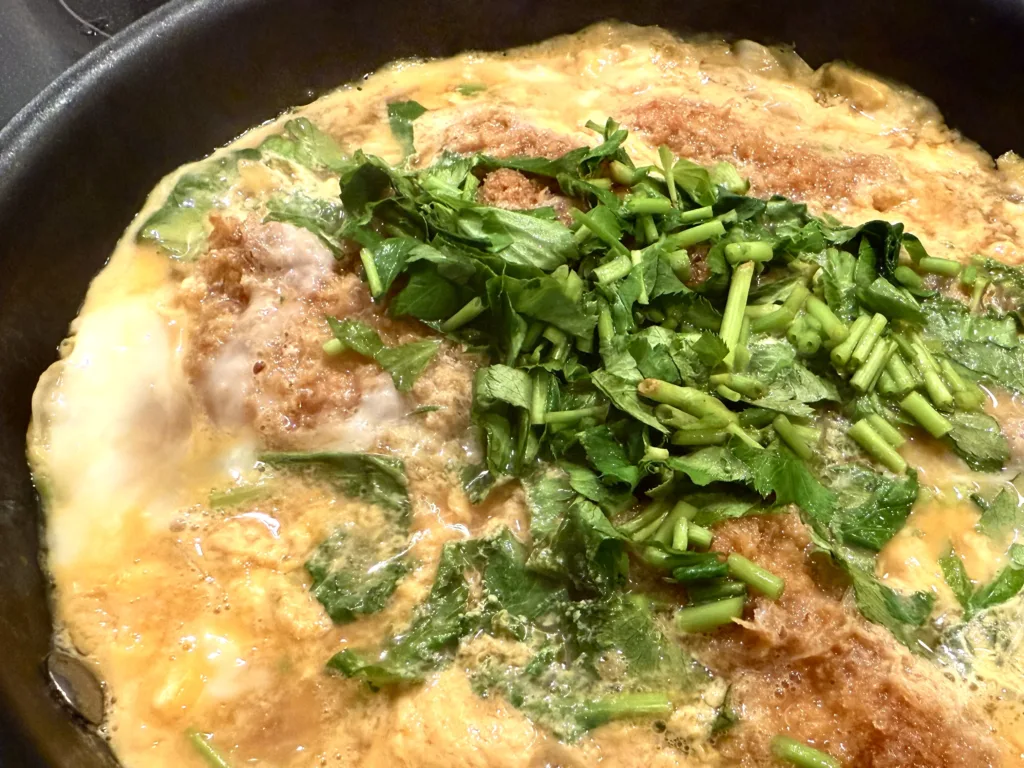
The Classic Katsu-don – A Gentle Counterpart to Nagano’s Bold Sauce Katsu-don.
While Nagano’s sauce katsu-don is known for its bold flavor and crispy texture, the classic version of katsu-don offers a completely different experience. This is the style most commonly enjoyed across Japan and is what people typically imagine when they hear the word katsu-don. Instead of being topped with sauce, the pork cutlet is simmered in a savory-sweet dashi broth along with sliced onions and lightly cooked egg.
The result is a comforting and homey dish that's quite distinct from the sauce-drenched regional specialty of Nagano.
A Warm, Gentle Flavor with Comfort in Every Bite
The classic katsu-don is all about gentle flavors and warmth. The broth, made from dashi, soy sauce, and mirin, seeps into the crispy cutlet, softening it just enough while adding layers of umami.
Sliced onions are simmered until tender, releasing natural sweetness into the broth, and the egg is gently poured over at the end to tie everything together. This dish without rice is called katsu-toji, and this recipe only shows katsu-toji, so if you love to put it on rice, please try it.
Served over hot rice, it’s a dish that wraps you in a sense of calm—soft, warm, and deeply satisfying. It’s no wonder this version is considered a staple of Japanese comfort food.
When to Enjoy Classic Flavor
This dish is perfect for those moments when you’re craving both comfort and nourishment—after a long day, on a chilly evening, or when you simply want a warm, satisfying meal at home.
While it makes an excellent lunch or casual dinner, katsu-don also shines as a shime dish—the final bowl of rice to close out a night of drinks. In Japan, it’s common to finish an evening of sake or other drinks not with dessert, but with something hearty like rice or noodles.
This comforting tradition reflects the belief that a warm, filling dish brings everything to a satisfying close. With its soft egg, tender onions, and savory broth-soaked pork cutlet, classic katsu-don makes a perfect “final bite” that soothes the stomach and the soul.
On the contrary, katsu-toji is served with a separate bowl of rice, not on top of the rice. This is usually served as lunch. Or, only katsu-toji can be a great side dish with sake or beer.
With this recipe, you can enjoy this pork kutlets in multiple way. Enjoy!
Pork cutlet simmered in a dashi broth along with sliced onions and lightly cooked egg.
- 800 g pork tenderloin
- A pinch salt and pepper
- 2 tbsp all-purpose flour
- 2 eggs
- 2 cup panko breadcrumbs
- Vegetable oil ((for deep flying))
- 1 onion
- 1 tbsp vegetable oil ((for cooking onion))
- 3 cup dashi broth ((any types of dashi broth))
- 4 tbsp soy sauce
- 4 tbsp mirin
- 2 tbsp chopped mitsuba herbs or parsley
- 1 Prepare the pork.
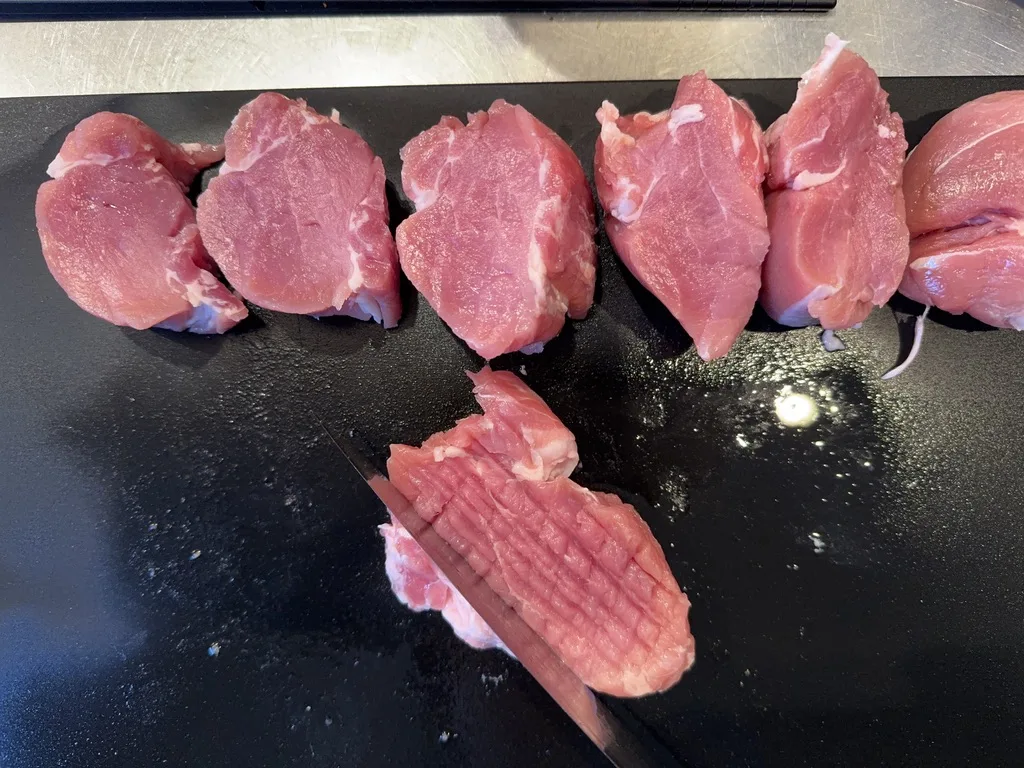
Cut the pork tenderloin into slices about 2 inches thick. Then use the back of a knife or a meat mallet to gently pound them flat. Try to do both sides. It helps make the meat more tender. Aim for about 1 inch thick in the end. Once they’re flattened, season both sides with some salt and pepper.
- 2
Coat the pork.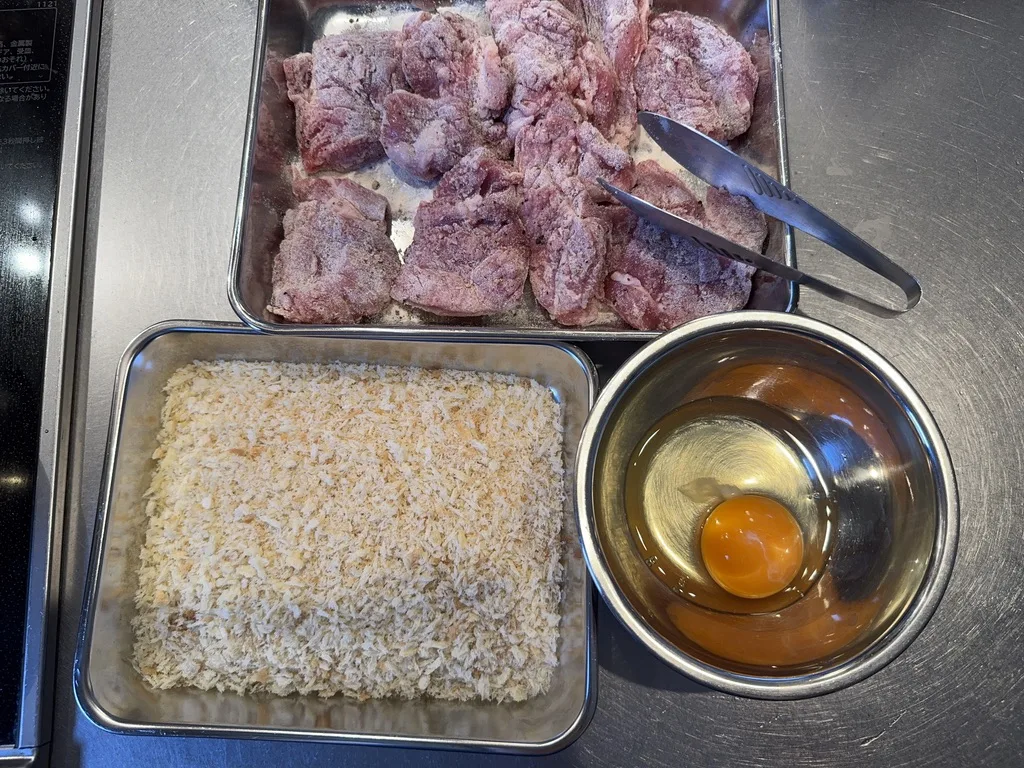
Coat each piece in flour first, then dip it into the beaten egg. After that, cover it with panko. Gently press the breadcrumbs on so they stick nicely.
- 3
Deep-fry the cutlet.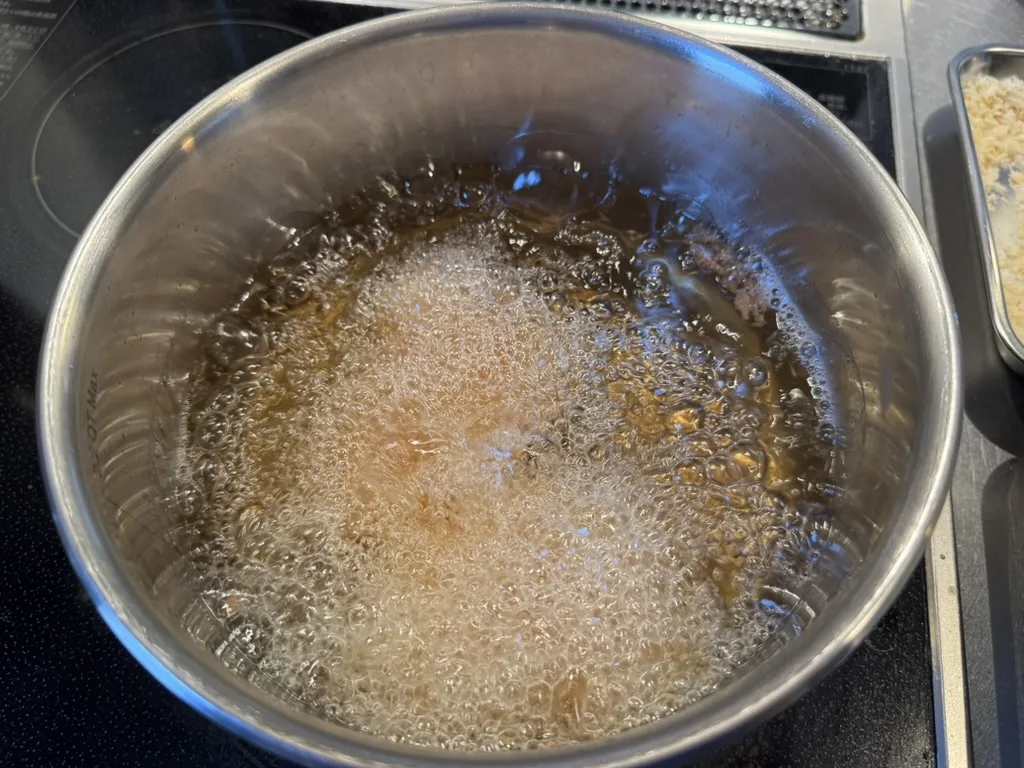
Pour about 3 inches of oil into a pan, and heat it over medium. The oil should be enough, roughly three times the thickness of the cutlet. Once it’s hot (around 340°F), add the pork pieces and fry them for about 2–3 minutes on each side until they’re golden and crispy. Each piece needs a space to each other, 3-4 pieces at once would be ideal.
- 4
Drain and rest.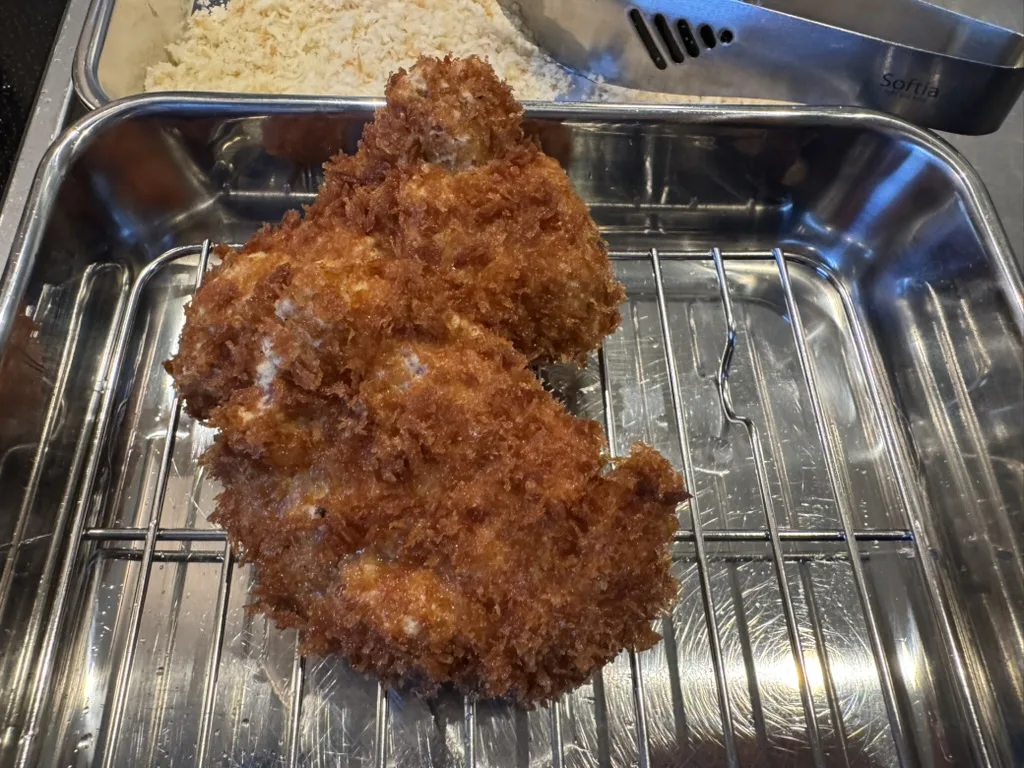
Transfer the cutlets to a wire rack or paper towel-lined plate. Let them rest for 2–3 minutes before serving.
Simmer with dashi broth and egg- 5
Prepare onion and eggThinly slice the onion. Heat 1 teaspoon of oil in a frying pan over medium heat, add the sliced onion, and fly over medium heat until the onion becomes translucent. Then add the dashi broth and simmer until the onion becomes tender. Meanwhile, crack the eggs into a bowl and beat them.
- 6
Season the broth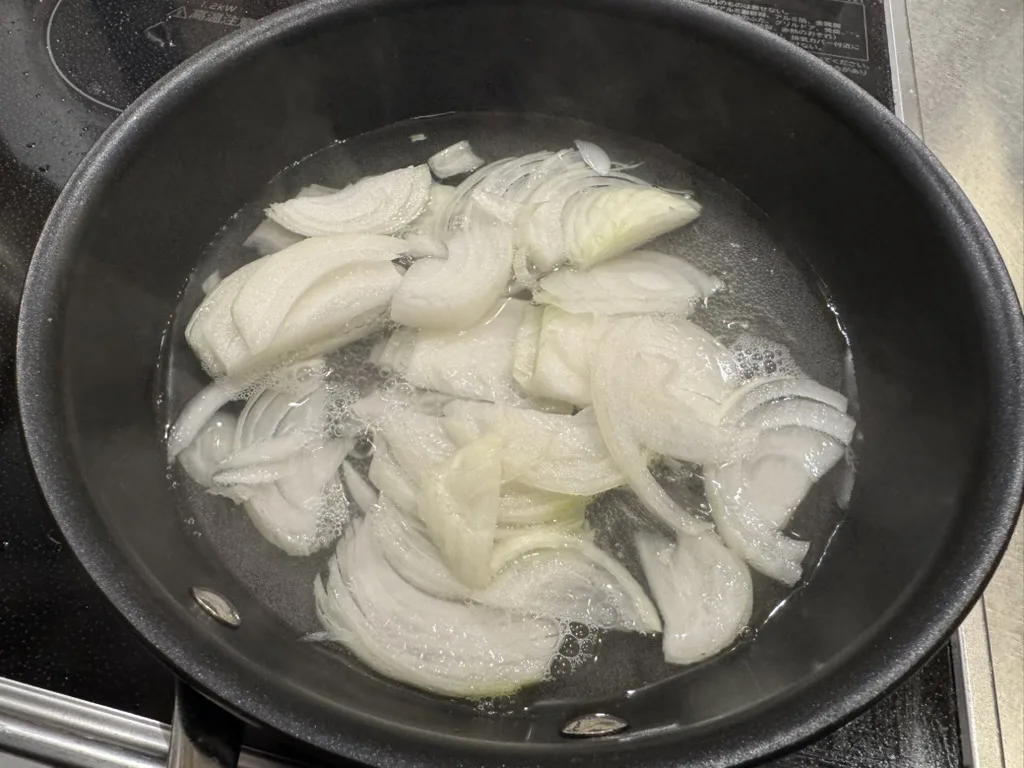
Once the onion is soft, add soy sauce and mirin, and bring the mixture to a boil.
- 7
Add tonkatsu and egg
Once it’s boiling, place tonkatsu in the pan and make them absorb the broth. Pour the beaten egg evenly over the top. Let the egg cook in the broth. This will help the flavor of the onion and dashi stay in the egg. Cover the pan and simmer over low heat for about 5 minutes.
- 8
Serve
Remove the lid, and if the egg is softly set, it’s ready. If not, keep simmer for a few minutes. You can cook the egg to your preferred doneness, but even if fully cooked, it will remain tender thanks to the broth. Place everything on the plate. You can also place them over a bowl of cooked rice as katsu-don in Tokyo style. Add chopped mitsuba herbs or parsley on top to add greenish color.
Katsudon, katsu, pork kutlets, katsutoji, katsu-toji, katsu-don, katsu - 2